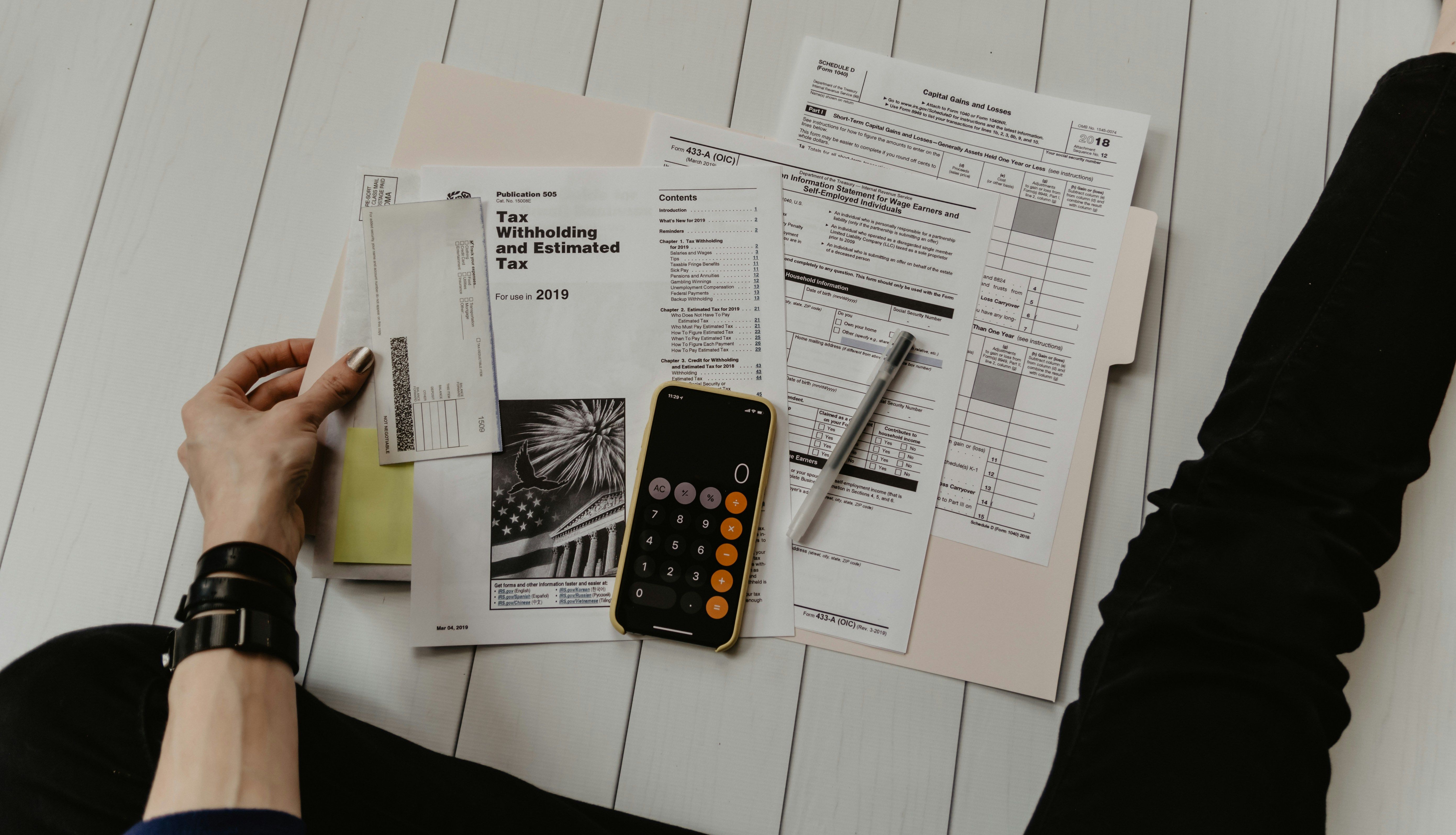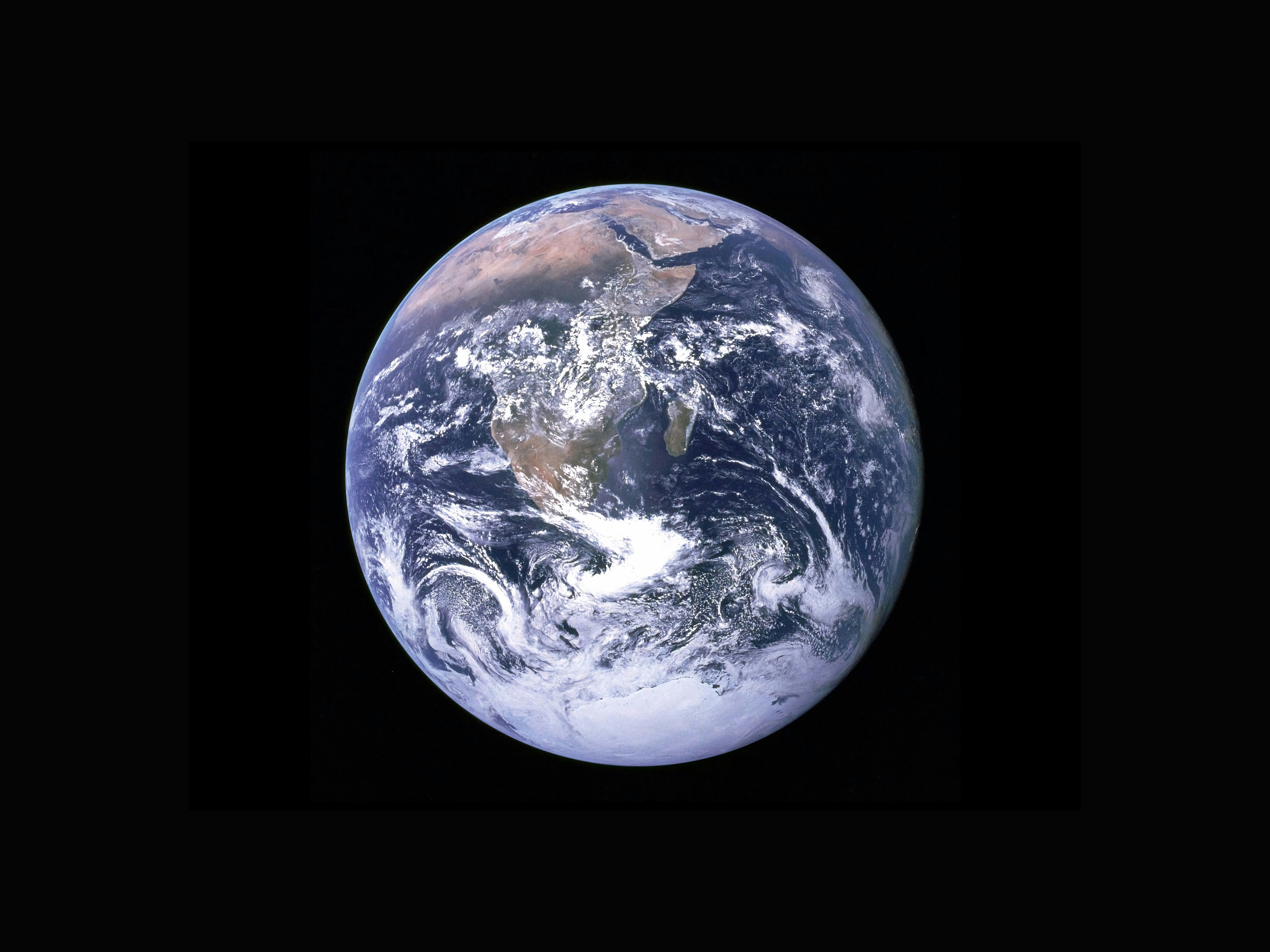The rapid advancement of artificial intelligence has created a legal and ethical quagmire that challenges our fundamental understanding of ownership, creativity, and intellectual property. As AI systems generate increasingly sophisticated content—from articles and artwork to music and code—the question of who owns this content has become one of the most pressing legal issues of our time.

The Current Legal Landscape
The legal framework for AI-generated content ownership is still in its infancy, creating uncertainty for creators, businesses, and legal professionals alike. Traditional copyright law was designed for human creators, leaving significant gaps when it comes to content generated by artificial intelligence.
In most jurisdictions, copyright protection requires human authorship. The United States Copyright Office, for example, has explicitly stated that works created entirely by AI without human involvement are not eligible for copyright protection. According to their official policy guidance, the Copyright Office maintains that copyright protection is limited to works created by human authors, and AI-generated content lacks the human authorship required for copyright protection. This creates a fundamental challenge: if AI-generated content isn't protected by copyright, does it fall into the public domain, or does it belong to the AI system's developers?
The situation becomes even more complex when we consider collaborative creation—where humans and AI work together to produce content. In these cases, the level of human involvement becomes crucial in determining ownership rights. A human who provides detailed prompts, makes significant edits, or exercises creative control over AI-generated content may have stronger claims to ownership than someone who simply inputs a basic prompt.
"The legal system is struggling to keep pace with technological innovation, creating uncertainty that affects everyone from individual creators to multinational corporations."
Recent court cases have begun to address these questions, but the legal landscape remains fragmented and inconsistent across different jurisdictions. Some countries are taking proactive steps to address AI content ownership, while others are waiting for more established precedents before enacting legislation.
The Human-AI Collaboration Spectrum

Understanding AI content ownership requires recognising that AI-human collaboration exists on a spectrum, from fully automated generation to heavily human-directed creation. This spectrum significantly impacts ownership claims and legal protections.
At one end of the spectrum, we have fully autonomous AI systems that generate content without human input beyond initial training. These systems raise the most challenging legal questions, as there's no clear human author to claim ownership. Current legal frameworks typically deny copyright protection to such works, treating them as public domain or potentially owned by the AI system's developers.
In the middle of the spectrum, we find collaborative creation where humans provide prompts, parameters, or guidance to AI systems. The legal status of these works depends heavily on the level of human creative input. Courts are beginning to establish frameworks for evaluating human contribution, considering factors such as:
- The specificity and creativity of human prompts
- The degree of human editing and refinement
- The human's role in selecting and curating AI outputs
- The human's creative vision and direction
At the other end of the spectrum, we have human-directed creation where AI serves as a tool or assistant to human creators. In these cases, the human creator typically retains ownership rights, with the AI functioning similarly to traditional creative tools like cameras or word processors.
Copyright Law and AI: The Current Framework
The existing copyright framework presents significant challenges when applied to AI-generated content. Traditional copyright law is built around the concept of human authorship, requiring originality, creativity, and human intellectual effort. AI systems challenge these fundamental assumptions.
Most copyright laws require that a work be "original" and created by a human author. The U.S. Copyright Act, for example, defines copyright as protecting "original works of authorship," with "authorship" traditionally understood as human creation. This creates an immediate conflict when AI systems generate content that appears original and creative but lacks human authorship.
The question of originality becomes particularly complex with AI systems. While AI-generated content may be novel and creative, it's often based on patterns learned from existing human-created works. This raises questions about whether AI-generated content is truly original or simply a sophisticated recombination of existing creative elements.
Another challenge is determining the appropriate duration of copyright protection for AI-generated works. Traditional copyright terms are designed around human lifespans and generational interests. AI systems don't have lifespans in the same sense, making these timeframes potentially inappropriate for AI-generated content.
International Perspectives and Variations

The legal approach to AI-generated content ownership varies significantly across different countries and jurisdictions, creating a complex international landscape that affects global content creation and distribution.
The European Union has taken a more proactive approach, with the EU Copyright Directive including provisions that address AI-generated content. The directive recognises that AI systems can create works that are protected by copyright, but it also emphasises the importance of human creative input in determining ownership.
China has implemented some of the most comprehensive AI-related intellectual property regulations, with specific provisions for AI-generated content. The Chinese approach recognises AI as a potential creator while still requiring human involvement for copyright protection.
Japan has taken a unique approach by considering AI-generated works as potentially eligible for copyright protection if they meet certain criteria of originality and creativity, regardless of human involvement. This represents one of the most permissive approaches to AI content ownership.
The United Kingdom has established a framework that treats AI-generated works as having no human author, placing them in the public domain after a limited period of protection. This approach balances the interests of AI developers with public access to AI-generated content.
The Role of AI Developers and Companies
AI developers and companies that create AI systems face unique challenges and opportunities in the realm of content ownership. Their role in the creation and distribution of AI-generated content raises important questions about liability, responsibility, and rights.
Many AI companies include terms of service that claim ownership or licensing rights over content generated by their systems. These agreements often grant the company broad rights to use, modify, and distribute AI-generated content, while limiting the rights of individual users. However, the enforceability of these agreements varies depending on jurisdiction and the specific circumstances of content creation.
The question of AI developer liability is becoming increasingly important. If AI-generated content infringes on existing copyrights or creates other legal issues, who bears responsibility? The AI developer, the user who provided the prompt, or both? This question becomes particularly complex when AI systems generate content that closely resembles existing copyrighted works.
Some AI companies are implementing technical solutions to address ownership concerns. These include watermarking systems to identify AI-generated content, attribution mechanisms to credit human contributors, and content filtering to prevent the generation of potentially infringing material.
Ethical Considerations and Social Impact

Beyond the legal framework, AI-generated content ownership raises profound ethical questions about creativity, labour, and the value of human artistic expression. These considerations are shaping public discourse and influencing policy development.
One of the most significant ethical concerns is the potential devaluation of human creative labour. If AI can generate content that's indistinguishable from human-created work, what happens to the economic value of human creativity? This question affects not just individual artists and creators but entire industries built around human creative expression.
The question of attribution and credit is another ethical challenge. When AI and humans collaborate on creative works, how should credit be distributed? Should AI systems receive some form of attribution, or should all credit go to the human creator? This question becomes particularly important as AI systems become more sophisticated and their contributions more significant.
There's also the question of cultural and social impact. AI systems are trained on existing human-created content, which may reflect existing biases, cultural perspectives, and social norms. When AI generates content based on this training data, it may perpetuate or amplify these existing patterns, raising questions about responsibility and representation.
Business Implications and Commercial Considerations
The uncertainty surrounding AI-generated content ownership has significant implications for businesses that use AI in their creative processes. Companies must navigate complex legal and commercial considerations when incorporating AI into their content creation workflows.
For businesses that rely on AI-generated content, the lack of clear ownership rights creates significant commercial risks. Without clear ownership, companies may be unable to protect their AI-generated content from competitors or unauthorised use. This uncertainty can affect investment decisions and business planning.
The licensing and monetisation of AI-generated content presents another challenge. If ownership is unclear, how can businesses license or sell AI-generated content? This affects not just content creators but also platforms, marketplaces, and distribution channels that rely on clear ownership rights.
Some businesses are developing new models for AI content creation that emphasise human involvement and creative direction. These models often involve human creators working closely with AI systems, ensuring that the human creative contribution is sufficient to establish ownership rights.
Future Legal Developments and Predictions
The legal landscape for AI-generated content ownership is likely to evolve significantly in the coming years, as courts, legislatures, and international bodies grapple with the challenges posed by increasingly sophisticated AI systems.
We can expect to see more court cases that establish precedents for AI content ownership. These cases will likely focus on the spectrum of human-AI collaboration, helping to clarify when human involvement is sufficient to establish ownership rights. The outcomes of these cases will shape the legal framework for years to come.
Legislative developments are also likely, as governments recognise the need for clear legal frameworks. We may see new laws specifically addressing AI-generated content, potentially creating new categories of intellectual property rights or modifying existing copyright frameworks to accommodate AI systems.
International harmonisation efforts are also likely to increase, as the global nature of AI content creation requires consistent legal frameworks across jurisdictions. Organisations like the World Intellectual Property Organisation (WIPO) are already beginning to address these issues.
Practical Guidelines for Content Creators
While the legal landscape remains uncertain, content creators can take practical steps to protect their interests and navigate the complex world of AI-generated content ownership.
Documentation is crucial. Content creators should maintain detailed records of their creative process, including the prompts they used, the edits they made, and the creative decisions they made throughout the process. This documentation can be valuable in establishing ownership claims.
Understanding the terms of service for AI tools is essential. Different AI platforms have different policies regarding content ownership, and these policies can significantly affect your rights to the content you create. Always read and understand these agreements before using AI tools for content creation.
Consider the level of human involvement in your creative process. The more significant your creative contribution, the stronger your ownership claims are likely to be. This might involve providing detailed prompts, making substantial edits, or combining AI-generated content with your own original work.
Conclusion
The question of who owns AI-generated content represents one of the most complex legal and ethical challenges of our time. As AI systems become more sophisticated and their creative capabilities more advanced, the need for clear legal frameworks becomes increasingly urgent.
The current legal landscape is characterised by uncertainty and inconsistency, with different jurisdictions taking different approaches to AI content ownership. This uncertainty affects everyone from individual creators to multinational corporations, creating risks and opportunities that require careful navigation.
The future of AI content ownership will likely involve a more nuanced understanding of human-AI collaboration, with legal frameworks that recognise the spectrum of creative involvement. This will require balancing the interests of AI developers, human creators, and the public, while ensuring that innovation and creativity continue to flourish.
As we move forward, it's essential that all stakeholders—creators, businesses, legal professionals, and policymakers—engage in thoughtful dialogue about these issues. The decisions we make today about AI content ownership will shape the creative landscape for generations to come.
The key to navigating this complex landscape is understanding that AI-generated content ownership is not a binary question but a spectrum that requires careful consideration of human involvement, creative contribution, and legal context. By approaching these issues thoughtfully and proactively, we can create a legal framework that supports innovation while protecting the rights and interests of all stakeholders.
The evolution of AI content ownership law will be one of the defining legal developments of the 21st century, shaping how we think about creativity, ownership, and the relationship between human and artificial intelligence. The decisions we make today will have far-reaching implications for the future of creative expression and intellectual property rights.
